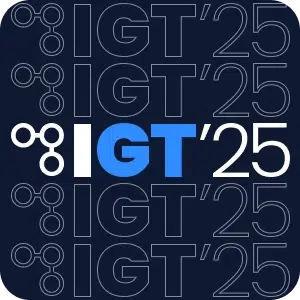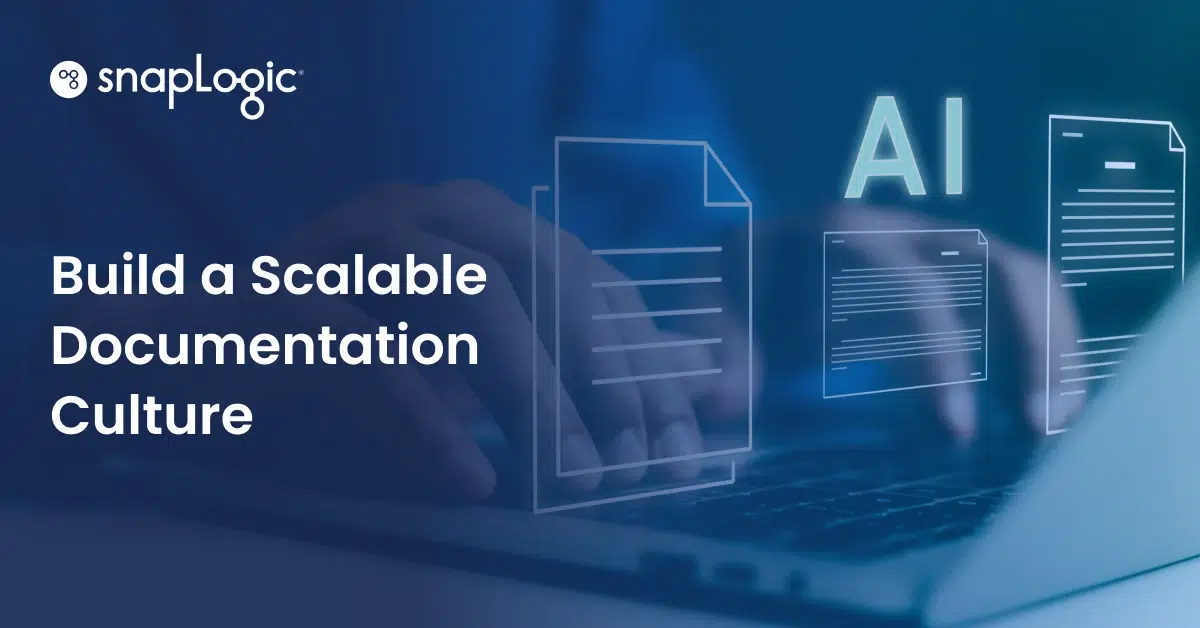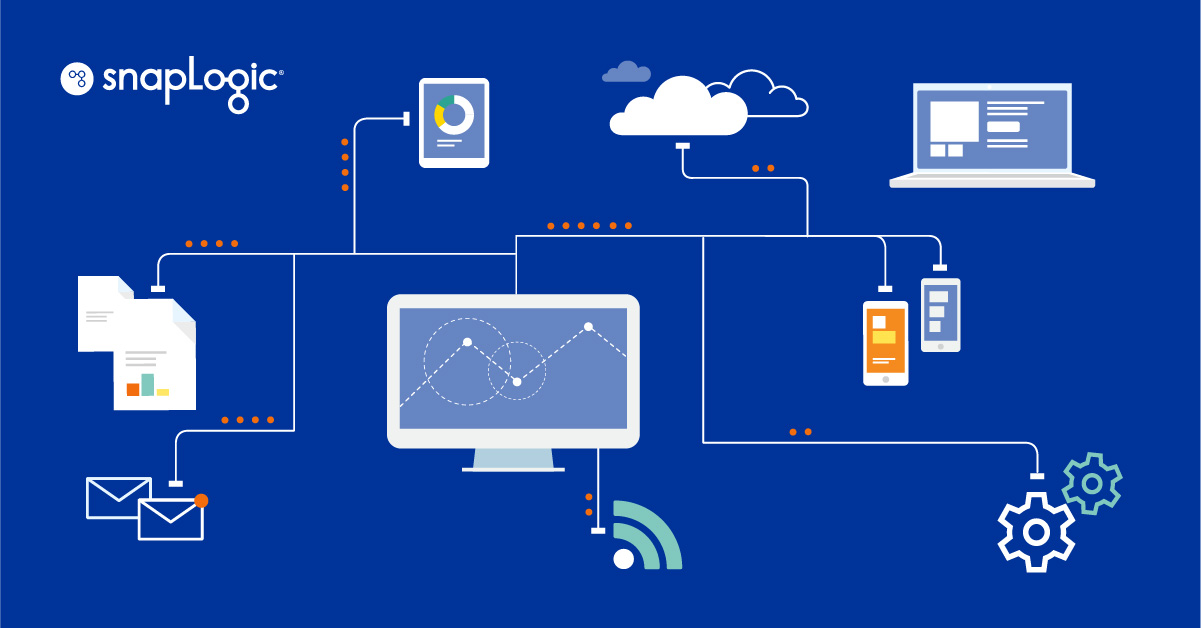Today’s enterprises depend on their ability to streamline and automate their business processes and workflows. But doing so requires multiple types of integration. Software integration, aka application integration, is at the core of this. As is data integration, systems integration, enterprise application integration, and ecosystem integration.
If your company is struggling with business process functionality, data silos has systems and applications that do not communicate or work together, and is missing key data for business intelligence because it can’t be easily accessed and unified across all applications — integrating software and data is what’s missing.
What is software integration?
Software integration is the process of enabling different subsystems and applications to communicate and work together, often through the use of application programming interfaces (APIs), connectors, enterprise service bus (ESB) and integration tools, such as a integration platform as a service (iPaaS). For example, if you’re using Salesforce CRM and NetSuite ERP, integration would allow customer data to automatically flow back and forth between these applications without manual effort.
Integration enables you to leverage the most value out of every application, and in enterprises where hundreds of SaaS applications are used, being able to facilitate automation based on reliable, easy integration is critical to success.
Further, software integration often helps facilitate data integration, which pulls data from various sources and unifies it into a cohesive data format to make it useful for decision-making. Without integration, enterprises cannot glean the full value of their data management and risk not knowing what they don’t know. This creates a disadvantage and is one of the biggest hurdles facing enterprises today.
Signs your company needs software integration

One sign that your company needs software integration is employee and customer frustration with having to enter the same data more than once in disparate systems. It shows up when one system or application holds certain data, but that data is not available or accessible in another application when it’s needed. Valuable data gets isolated in applications, which results in the business not being fully aware or having real-time visibility into their workflows or customer data.
Why does this happen? Many companies are using legacy systems with on-premise software applications and systems, as well as cloud applications. In order to get different systems and software solutions to work, businesses have to create connectivity through integrations.
Why you need modern integration
Modern enterprises depend on their ability to have full visibility into their data to meet business needs, make better decisions, speed up go-to-market, compete effectively, and deliver the streamlined customer experiences expected today. But traditional integration processes have been manual, point-to-point approaches. These require time, resources, and continual manual updates by IT staff. There may be some use cases for point-to-point integration, but for the most part, enterprises today do not have the time to wait for manual integration.
Automating the integration process itself is the fastest way to ensure that every system and application in the business, (as well as unique, custom workflows that specific departments need) can be done easily, modified as required, and are automatically updated when an application vendor updates their software.
Integration solutions such as the SnapLogic iPaaS lift the heavy work of data integration and application integration off IT and provide pre-built connectors that make it easy to build integration pipelines — pathways for how various data flows will integrate and move information among them. Citizen integrators (non-tech employees) are able to identify where an integration pipeline would deliver faster, easier workflows and can quickly design a pipeline to connect the applications they use in their daily work.
Automating software integration enables companies to move faster, ensures they are leveraging the true value of their investments into software applications, and sets the groundwork for enterprise automation.









